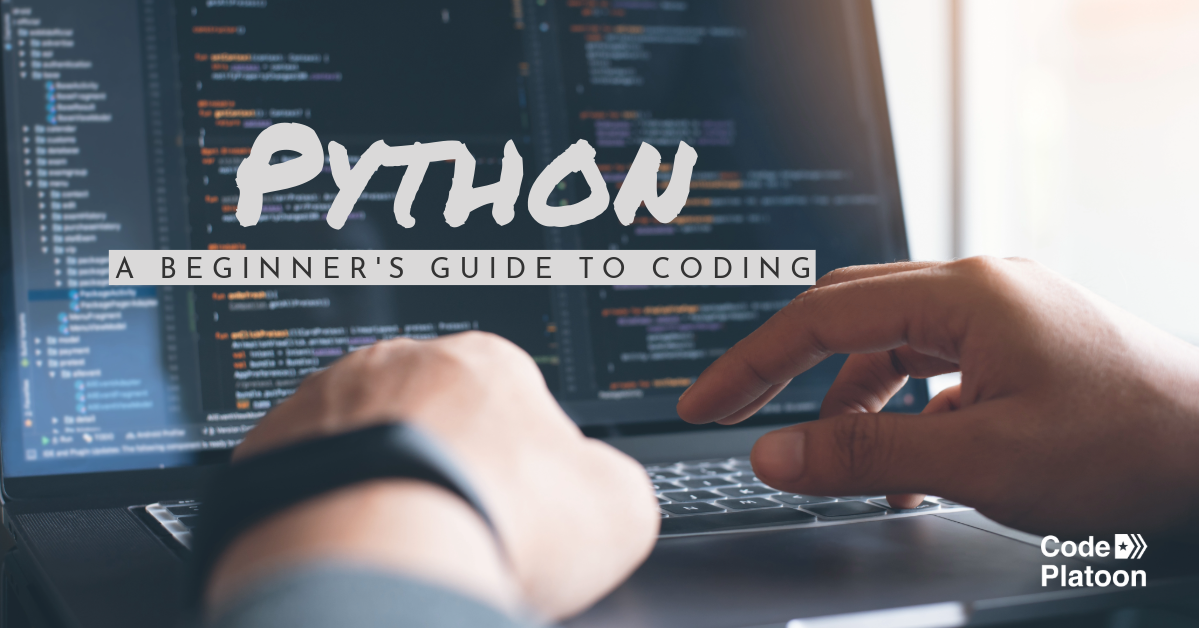
TLDR: Python is one of the most beginner-friendly and versatile programming languages you can learn. It’s used in everything from web development to data analysis and AI. With free coding classes, courses, tutorials, and challenges available, it’s never been easier to start learning Python and build the skills you need to launch a career in tech.
Are you new to the world of coding or considering a career change to tech? Python offers the flexibility, ease, and community you need to get started for free.
Why Learn Python?
Python is known for being easy to read and write, which makes it perfect for beginners exploring coding. Here’s what makes Python stand out from other programming languages:
- Easy to Learn: Python’s syntax is straightforward and reads like plain English. It's accessible for those with no previous coding experience.
- Widely Used: Python is used in a wide range of tech careers, including web development, data science, automation, machine learning, and more.
- In-Demand Skill: Professional software engineers and employers value Python because it’s powerful, versatile, and great for solving real-world problems.
Top Resources for Learning Python
Getting started with Python is simple thanks to a wide range of beginner-friendly resources. From online Python courses to YouTube tutorials and coding exercises, you’ll find plenty of support and practice.
Take Free Online Python Courses
Online courses are a great way to learn Python at your own pace. Here are three free options that are beginner-friendly and great prep if you’re considering a coding bootcamp:
- Intro to Python (Code Platoon): This free, self-paced Python course is designed with beginners in mind. You’ll get over seven hours of interactive lessons with coding exercises to start practicing right away. Code Platoon also offers a live, online version three times per year.
- Learn Python (Codeacademy): Learn Python with 23 hours of hands-on lessons covering Python syntax, functions, loops, and more.
- Python for Everybody (Coursera/University of Michigan): Introduces Python with a focus on data handling. It's especially well-suited for beginners interested in data science.
Follow Along with Python Tutorials on YouTube
YouTube is another powerful (and free) way to learn Python without the commitment of a full course. Here are some great channels for beginners:
- Code Platoon: As a nonprofit coding bootcamp, Code Platoon makes all of our programs available on our YouTube channel. This includes our Intro to Python course. (We also have an Intro to JavaScript course.)
- Programming with Mosh: Mosh Hamedani breaks down Python concepts in a simple, engaging format for visual learners.
- freeCode Camp: Their full Python playlist for beginners covers all the basics in an easy-to-follow way.
Practice with Python Coding Exercises
Practice is key when learning to code. Coding challenges are a great way to sharpen your skills and reinforce what you’ve learned. Some great options are:
- Code Platoon's 25 Python Problems Challenge: We created 25 Python exercises to start building good coding habits and strengthen your problem-solving mindset. The coding exercises start with Variables & Arithmetic, building to Loops, Strings, Lists, and Dictionaries.
- HackerRank: Walk through a beginner-friendly collection of common Python exercises and logic challenges.
- Codewars: Solve Python coding challenges that range from basic to advanced. You can even compare your solutions to others and learn new techniques in a collaborative community.
Python: Your Launchpad to Tech
Python builds a strong foundation for future learning. Whether you want to build apps, analyze data, or automate tasks, Python has you covered. So, start small and practice often.
Ready to dive deeper into coding? Consider taking the next step with a coding bootcamp like Code Platoon. Bootcamps provide structured training and hands-on experience to help you become a successful software engineer or AI Cloud and DevOps engineer.





.jpeg?width=352&name=Prepare%20for%20Coding%20Challenges%20(1).jpeg)